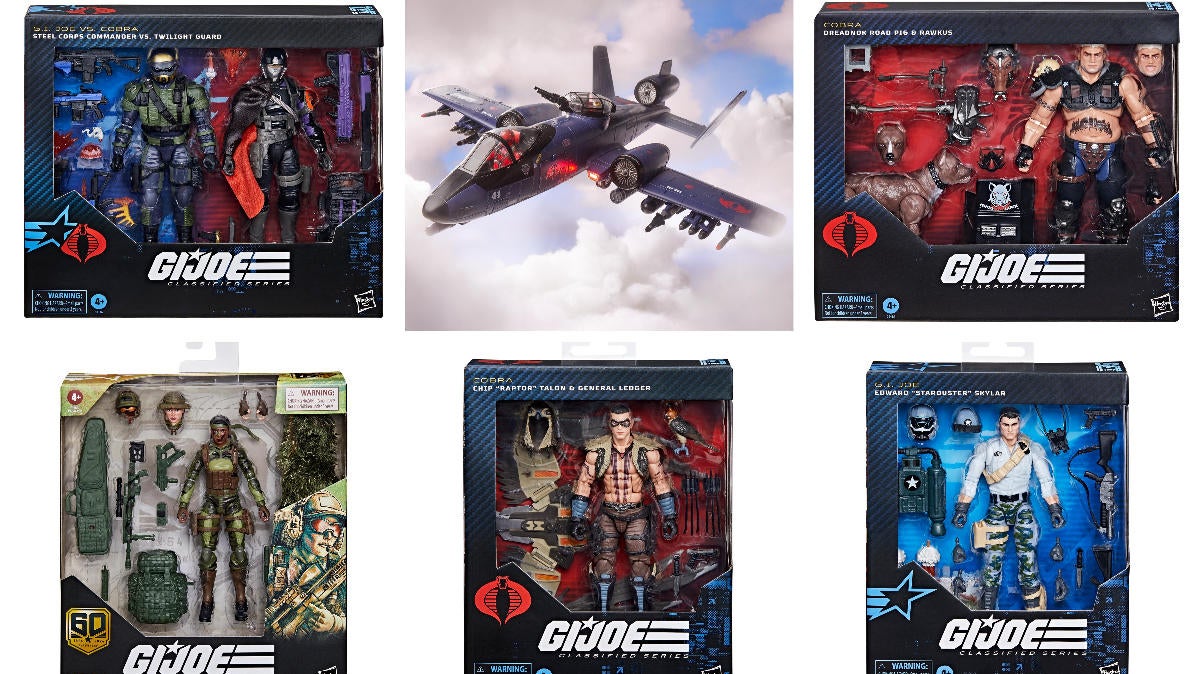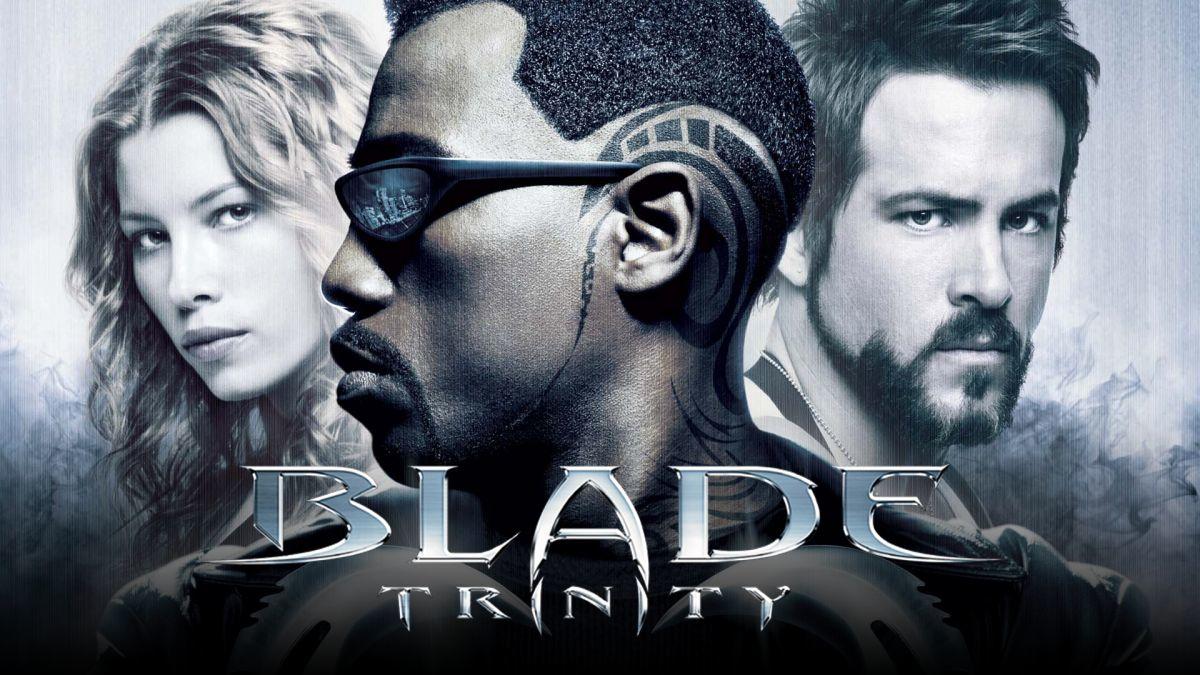The Very First Justice League and Suicide Squad Crossover
This upcoming week features the debut of the next big crossover in DC Rebirth: Justice League Vs. [...]
This upcoming week features the debut of the next big crossover in DC Rebirth: Justice League Vs. Suicide Squad. It's a crossover between one of DC Comics' most beloved franchises and one that has only recently risen from cult favorite to smash success. It's also an odd couple sort of pairing that brings together the biggest shining stars in superhero comics with one of the strangest, dirtiest, and meanest groups ever assembled. Both teams are fighting for some form of justice, but their interpretations of that word vary… a lot.
The upcoming mini-series is plenty of reason to get excited, but you may not know that this is far from the first time these two teams have featured in a crossover event. And no, I'm not referring to the truly spectacular "Task Force X" episode from season four of Justice League. The Suicide Squad first crossed paths with the Justice League in 1988, just over a year after receiving their own series. While it's only composed of two issues, Justice League International #13 and Suicide Squad #13, it stands up as one of the best crossovers in all of DC history. Those two issue pack a bunch of history, characters, action, and jokes into one very impressive package. So if you're looking for a little bit of background and some reasons to check this out before Justice League Vs. Suicide Squad hits the stands, then read ahead.

The Setup
One of the reasons this crossover holds up so well after almost 30 years is the talent and series involved. The versions of both the Justice League and Suicide Squad involved are truly beloved and modern incarnations are still defined by what their creators did with them. Justice League International, co-created by J.M. DeMatteis and Keith Giffen, was renowned for its odd mix of characters including A-listers like Batman and Green Lantern alongside C-listers like Booster Gold and Blue Beetle. It was also a very, very funny comic that embraced the oddities of superhero comics. Suicide Squad, co-created by John Ostrander and Luke McDonnell, is still the definitive run for the team and many of its characters. It set the bar impossibly high for every iteration to follow.
After a year both series had hit their stride, establishing group dynamics and a history of events that drove characters and teams. That's how this crossover comes together so naturally. In Suicide Squad #7, the team had to leave behind Nemesis on a mission to Russia. He was someone team leader Rick Flag and resident superhero Nightshade both cared deeply about. When his execution is threatened by the USSR, those two members decide to lead a rogue mission to save him. On the other side of the board, the Justice League has been transformed into an international peacekeeping organization under the leadership of Maxwell Lord. This places them as arbiters of international laws, even when seemingly unjust or unfair.
Seeking to keep her team secret and stop the rogue mission, Amanda Waller advises the President (depicted here as Ronald Reagan at the end of his second term) to use the JLI to bring their agents home. Batman also doesn't want to help stop the Squad's mission as he believes Nemesis is innocent. Throw in Lord's own selfish machinations and a bunch of Russian superheroes, and you have this two-part crossover in a nutshell. It's a smash up of conflicting motives and growing tension between the world's two great superpowers in the final days of the Cold War. That's a recipe for one heckuva entertaining story.

Old Enemies and Friends
One great element in both series is the already decades long history of many characters. Both within each team and between the two, there are lots of pre-existing connections. Getting to see each of those encounters play out is a thrill for DC fans, and works just within the context of the crossover. Perhaps the best example of this is a four panel showdown between Batman and Deadshot. It touches on the history of Deadshot not being able to directly shoot Batman, and shows who both of the characters are in just a fraction of the page. Deadshot's self-loathing and Batman's complete confidence and control are on full display in a moment that is equal parts chilling and hilarious.
There are many softer moments as well. The Suicide Squad isn't entirely composed of bad guys, and many of its characters are seeking redemption. When Nightshade and Captain Atom (who are dating in their civilian personas) square off, it's an opportunity for some light-hearted fun. Vixen encountering Martian Manhunter who led her in a previous incarnation of the Justice League leads to a truly touching moment that fans of either character will appreciate.
The Justice League collects the greatest heroes of the DC Universe and the Suicide Squad does the same for low-level villains. That leaves a common link in that both are deeply invested in the history of this universe. They are teams whose members cannot avoid having history with one another. So when you bring them together, there are a lot of stories already in motion just waiting for a rise in tension or bit of catharsis.

The Moral Gray Zone
One of the other great elements of bringing these two teams together is the moral contrast. While the Suicide Squad may be composed primarily of villains, they do serve the interests of the United States and the greater good (as Amanda Waller interprets them). As a secret operation they can go outside of the law to accomplish necessary tasks. The Justice League on the other hand is dedicated to the most noble virtues and ideals, but are often bound by what is legal. That's the core of this conflict between the two teams, as both can identify what is just, but they struggle to accomplish it, together or separately.
This part of the conflict is something that's revealing about all of its characters, hero and villain alike, but especially the team's leaders. Batman and Rick Flag are both dedicated to serving others, and attempt to disobey their own leaders to do what is right in this crossover. Yet when they encounter one another it leads to an incredibly violent beat down. It is a fascinating character study and contrast that cannot be missed for its meaning or action.
Elements like the Batman and Flag confrontation highlight what makes this such an impressive crossover. Each character has their own set of beliefs and motives, and neither team is entirely united. They bring out the best and worst in one another, and challenge the concepts and goals they supposedly stand for. This two-part story is a complex look at heroism, justice, and personal codes that also delivers plenty of action and comedy. Let's hope that the new Justice League Vs. Suicide Squad crossover can live up to that precedent.




